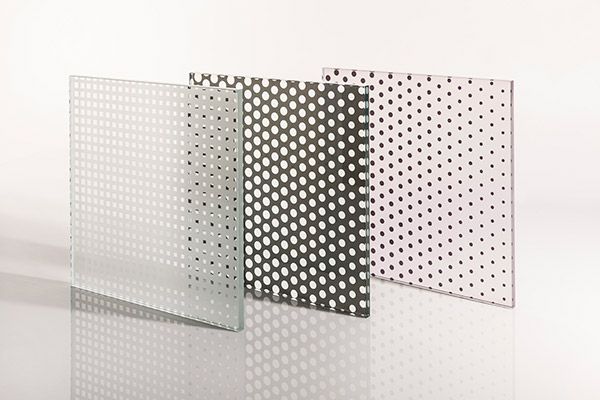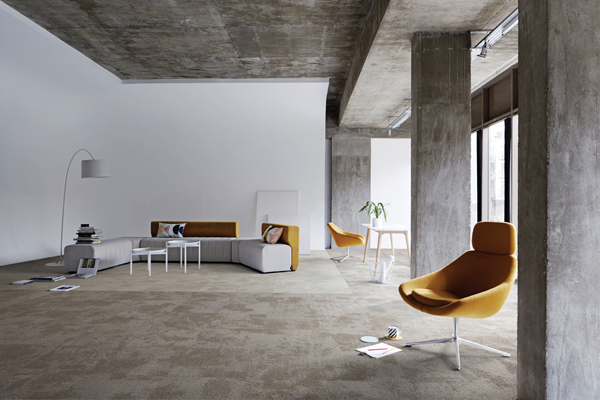Finnish architectural philosopher Juhani Pallasmaa was recently in Australia to deliver a paper at the National Architecture Conference. Indesign’s Editorial Director Paul McGillick spoke to him about his writing and its inspiration.
April 29th, 2011
On Music
Music has always been important to me. I occupy musical spaces as I listen to music. And silence, which is an important part of music, is important in architecture. I’m worried that much of contemporary architecture makes too much noise – mental noise. I appreciate architecture where silence is the world rather than adding to the pollution of noise.
Every experience of space is multi-sensory and in my view, visual experience contains tactile and acoustic experiences, or implied haptic experiences. When we look we actually touch.

Juhani Pallasmaa, Driveway Square
My favourite philosopher, Maurice Merleau-Ponty has a beautiful saying: “With vision we touch the sun and the stars”. I have become very interested in this implied touch in vision and I think this is where much contemporary architecture falls short. It doesn’t invite tactile contact that comes through vision, whereas natural surroundings and most old architecture and indigenous architecture has that richness of haptic experience.
On Art
For the last 30 years I have not read nor even looked at architecture books. I only consult architecture books in relation to my writings when I have to refer to some specific work. Otherwise, I look at books on painting.
All the arts are engaged in the same issue, and that is: How does it feel to be a human being in this world?
I find architectural work, particularly of my contemporaries, less sincere and less touching than painters and poets and composers. And I think it is simply because architecture is covered by so much coarse rationalisation, codes and inspections that, in the end, if the architect has some energy left he can think of the poetic dimension.
I find it much easier as a teacher to teach architecture through paintings, cinema, poetry than by directly showing architectural examples. Because in a poem you don’t have to explain anything. The poetic image hits the listener, whereas with architecture you have to do a lot of explanation.

Fra Angelico, The Annunciation. Detail
Art has always been central to me. Several times a week I look up early Renaissance paintings in my library. I have a very good art library – about 10,000 books. I find such enormous inspiration in that almost childlike world of Fra Angelico and Piero della Francesca.

Piero della Francesca, The Nativity. Detail
Almost every single painting in that era depicts architecture. And that architecture is reduced to the size of human beings as in icon paintings. This was an important phase in the development of human consciousness – that is, the separation of ’I’ – the first person – from the world.
This is why that setting and the individual – that dialogue – is so central in early painting. That is also so educational for me as an architect.
On Writing
Maybe I have a method. For example, I usually only read books recommended by one of my trusted friends, which reduces the amount of reading. There is too much useless reading in today’s world. And my reading is usually related to my writing.
I have just published my 35th book – The Embodied Image, which could be my most important book. I am currently working on 8 book projects. I have also written 350 essays.
I have adopted the motto of the great Swedish painter, Isaak Grunevald: “Whenever I have an idle moment, I work.” Life becomes a unity.
I can’t think of myself sitting in a beach chair. The world is too exciting a place, and too mysterious.
A searchable and comprehensive guide for specifying leading products and their suppliers
Keep up to date with the latest and greatest from our industry BFF's!

In this candid interview, the culinary mastermind behind Singapore’s Nouri and Appetite talks about food as an act of human connection that transcends borders and accolades, the crucial role of technology in preserving its unifying power, and finding a kindred spirit in Gaggenau’s reverence for tradition and relentless pursuit of innovation.

XTRA celebrates the distinctive and unexpected work of Magis in their Singapore showroom.

Coinciding with NeoCon 2016, Skyline Design has released the Glass Gradients range of etched and printed patterns for glass application, designed by Dutch designers Scholten & Baijings.

Every professional working on a high-rise project has a clearly defined vision of how they are going to utilise their expertise to bring about transformative, commercially successful results. AMP Capital design director Eve Clark is one such professional.

Haven redefines the modular upholstery system with sofas, footstools, tables, screens, stools and benches.

Find out how Gray Puksand’s recently revamped Melbourne studio is geared up for its progressive and agile workforce. Sandra Tan investigates agile working first-hand as she takes up residence in a variety of architecture practices for a series of stories.
The internet never sleeps! Here's the stuff you might have missed

Knoll’s revolutionary legacy, from its pioneering mid-century modern origins to its current place within the MillerKnoll collective, continues to shape the spaces we inhabit. Here, we explore the iconic institutions, influential collaborations, and groundbreaking ideas that have shaped Knoll’s unique understanding of the human-space connection — the bedrock of the brand’s enduring relevance.

In northern Portugal, Studio Nicholas Burns has completed a refined and graceful winery building with rich local connections and a quiet landscape setting.